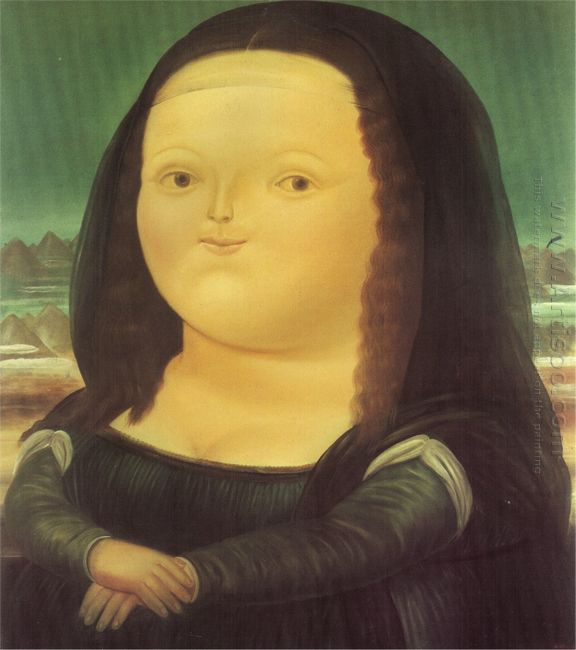The Battle of Anghiari is a lost painting by Leonardo da Vinci, which sometimes referred to as "The Lost Leonardo", which some commentators believe to be still hidden beneath one of the later frescoes in the Salone dei Cinquecento (Hall of the Five Hundred) in the Palazzo Vecchio, Florence.
There are a lot of existing preparatory researches by da Vinci. The best known by a picture of Peter Paul Rubens in the Louvre and Parisis bound to be the layout of central part. This painting can be dated back to 1603 and famous as The Battle of the Standard built on a sculpture in the year of 1553 by Lorenzo Zacchia and perhaps derived from a cartoon by Leonardo. In the portrait process, Rubens was very successful in depicting the extensive emotions presumably in the original painting. People have found many similarities between this Battle of Anghiari and the Hippopotamus Hunt painted by Rubens in 1616.
The Battle of Anghiari is the largest and most important work of da Vinci. This Renaissance masterpiece is drawn from the war in the 15th Century between Florence and Milan, which one of the few works concerning military matter. The knights in his works are regarded as "cruel as the monster". The Battle of Anghiari is a true mirror of horror world, which depicts the heart of the war and shows the man and horse body pain, horror entanglement, and human perceptions of violence.
In 1503, at the age of 51, da Vinci was commissioned to create this painting on the wall of meeting hall of Weijiao Palace. Soon, another significant figure in Michelangelo of the Renaissance was ordered to draw in the same wall. Da Vinci wanted to completely use oil painting to create he The Battle of Anghiari, but he had hitherto unknown difficulties. Because the oil painting was unable to be dry, he could only use fire to roast under the wall. However he found the lower half part can become dry, and the upper part is not enough to be fired. When da Vinci created this painting, the painting is beginning to peel off.
In 1560s, Vasari redecorated the meeting hall of Florence Weijiao Palace and the two monumental works were covered by new paintings. They were similar to legends which make the whole art world admire and emerged in the various chronicles, copies and spread sketches. Scholars have found that the bill of creation of housing murals, design drawings, wood and paper used to make windows, people and horses sketches painted by da Vinci.
In da Vinci's era, Battle of Anghiari was recognized as a greatest masterpiece. In 1504, already 52-year-old da Vinci and the young Michelangelo was ordered to depict magnificent war scenes in Weijiao Palace of Florence. The carefully created mural was referred to as Battle of Anghiari, which was full of the atrocities of war。
In the middle of the 16th Century, the Medici family seized the domination of Florence again. The painter George Vasari was ordered to renovate and draw six new war murals on the wall. From then on, Battle of Anghiari mysteriously disappeared.






